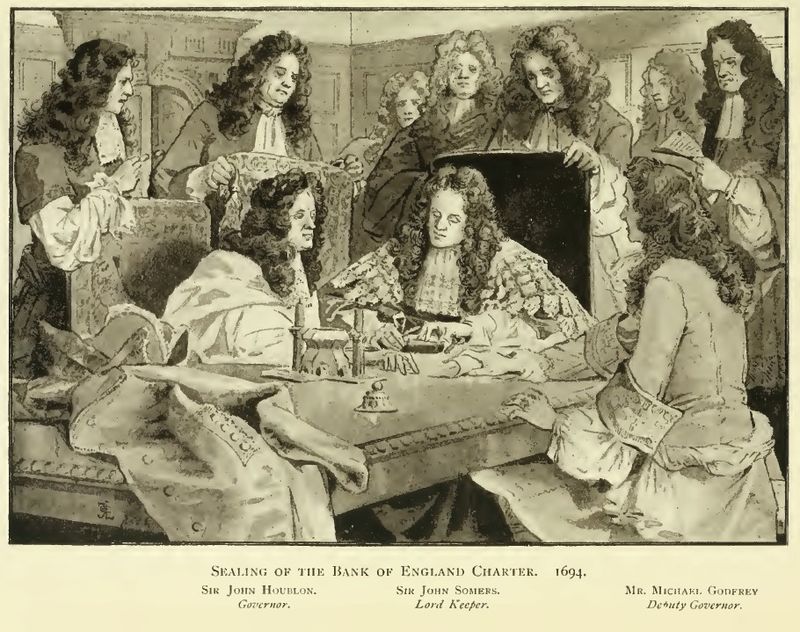
Story Highlights
- Historical event:
- 27 July 1694
- On this day in 1694, the Bank of England was established. It is the central bank of the UK, which conducts the country's monetary policy and issues British Pounds banknotes. It is interesting to note that it had been a private bank till 1946, when it was nationalized. The first governor of the Bank of England was Sir John Houblon, born in London (his portrait can still be seen on 50 Pounds banknotes).
- At the time, the British government needed money for the wars against the powerful French King Louis XIV. The government could not get a loan from the existing banks, and proposed the establishment of a new bank, which would give them a loan (they wanted to raise £ 1,200,000, and construct a naval fleet to fight the French).
- The Bank of England (The Governor and Company of the Bank of England) could issue banknotes in order to attract private entrepreneurs to invest in it. The bank had many privileges, and raised £ 1,200,000 pounds during a 12-day period.
- Interestingly, that was a plan of William Paterson, who was a Scotsman. He was later involved in a major scandal known as the Darien Scheme (the Kingdom of Scotland wanted to establish colonies in Panama and become a world trading nation). Charles Montagu, a member of the prominent aristocratic family, was also involved in the establishment of the Bank of England. He was later awarded the title of "Earl of Halifax". It is interesting to note that the famous British scientist Isaac Newton was 52 years old when the Bank of England was established.
On this day in 1694, the Bank of England was established.
It is the central bank of the UK, which conducts the country’s monetary policy and issues British Pounds banknotes. It is interesting to note that it had been a private bank till 1946, when it was nationalized. The first governor of the Bank of England was Sir John Houblon, born in London (his portrait can still be seen on 50 Pounds banknotes).
At the time, the British government needed money for the wars against the powerful French King Louis XIV. The government could not get a loan from the existing banks, and proposed the establishment of a new bank, which would give them a loan (they wanted to raise £ 1,200,000, and construct a naval fleet to fight the French).
The Bank of England (The Governor and Company of the Bank of England) could issue banknotes in order to attract private entrepreneurs to invest in it. The bank had many privileges, and raised £ 1,200,000 pounds during a 12-day period.
Interestingly, that was a plan of William Paterson, who was a Scotsman. He was later involved in a major scandal known as the Darien Scheme (the Kingdom of Scotland wanted to establish colonies in Panama and become a world trading nation). Charles Montagu, a member of the prominent aristocratic family, was also involved in the establishment of the Bank of England. He was later awarded the title of “Earl of Halifax”. It is interesting to note that the famous British scientist Isaac Newton was 52 years old when the Bank of England was established.




